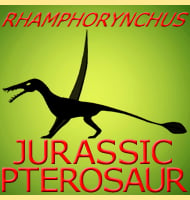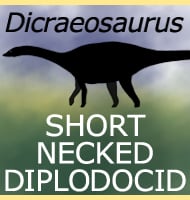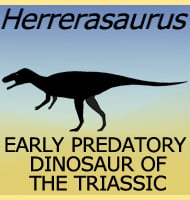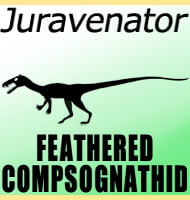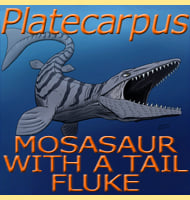In Depth
The unusual boomerang shape of the head has been a source of interest ever since its discovery. The two main theories are that it either functioned as a hydrofoil allowing it to move in strong currents, or that it made it impossible for other predators to swallow. It may have course been a form of recognition between members of the same species.
Further Reading
Further reading

